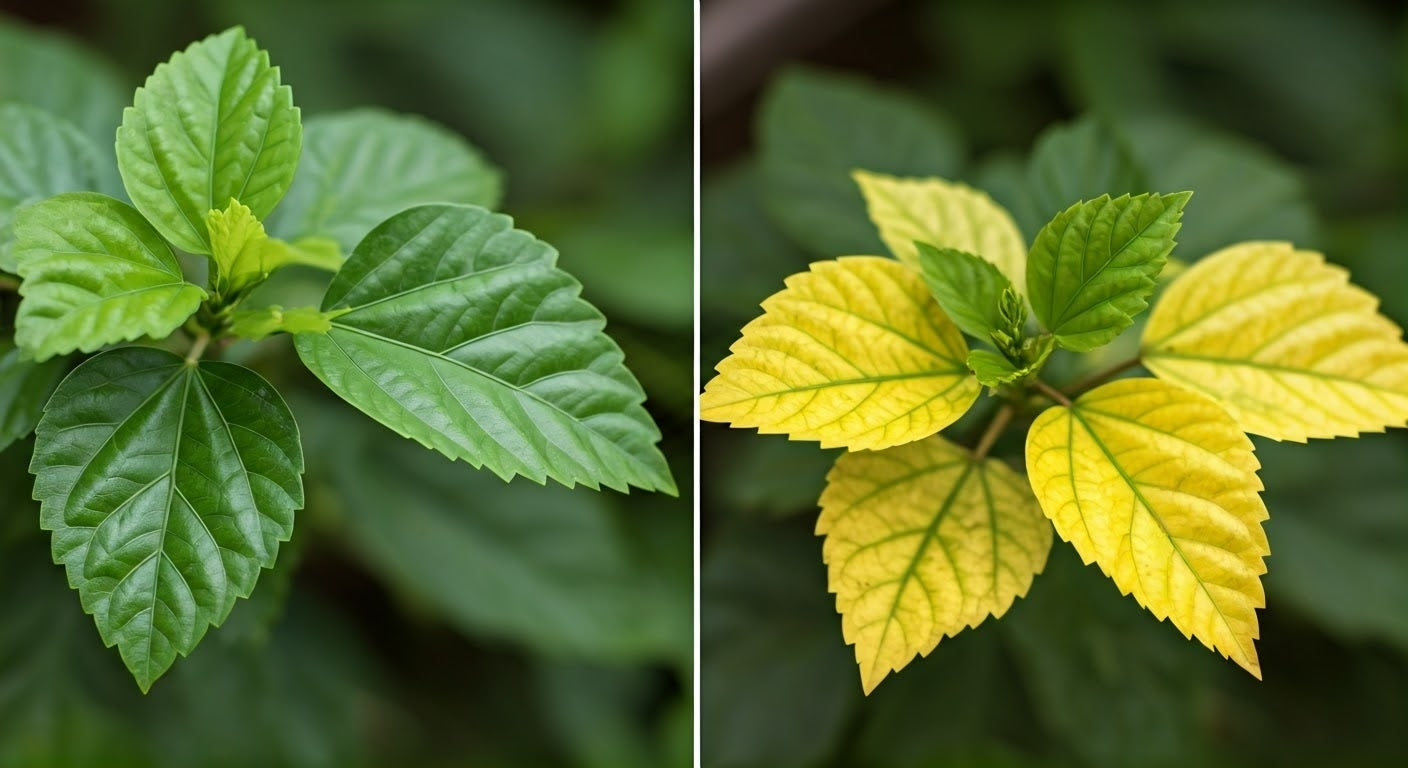
How to Grow Pepper Plants with Grow Tents: The Ultimate Guide
Growing pepper plants indoors with a grow tent provides an ideal environment for year-round cultivation, regardless of your climate or available outdoor space. From sweet bell peppers to fiery hot varieties, a properly set up grow tent can help you achieve impressive harvests of fresh, flavorful peppers throughout the year. This comprehensive guide will walk you through everything you need to know about growing pepper plants using Gorilla Grow Tents.
Why Use a Grow Tent for Pepper Plants?
Pepper plants originate from tropical regions and thrive in warm, consistent environments with plenty of light. A grow tent offers several significant advantages for pepper cultivation:

Controlled Environment
A grow tent allows you to create perfect growing conditions year-round:
- Maintain optimal temperature ranges (70-85°F)
- Control humidity levels (60-70% during vegetative growth, 40-50% during fruiting)
- Provide consistent light schedules
- Create proper air circulation
- Protect plants from pests and diseases
Extended Growing Season
With a grow tent setup, you can:
- Start growing earlier in the season
- Continue harvesting well past outdoor growing dates
- Potentially grow year-round with succession planting
Increased Yields
The controlled environment of a grow tent can significantly boost productivity:
- Optimized conditions lead to healthier plants
- Protected environment prevents crop loss
- Focused light intensity enhances photosynthesis
- Extended growing period allows for multiple harvests
Choosing the Right Gorilla Grow Tent for Pepper Plants
Selecting the appropriate grow tent size is crucial for successful pepper cultivation. Pepper plants can grow quite large, with some varieties reaching 3-4 feet in height and requiring significant horizontal space for proper development.
Size Considerations
For Small-Scale Growing (1-3 plants):
- The Gorilla Grow Tent 2' x 4' provides adequate space for 2-3 pepper plants while maintaining a compact footprint ideal for beginners or those with limited space.
For Medium-Scale Growing (4-6 plants):
- A Gorilla Grow Tent 4' x 4' offers more space for multiple pepper plants, allowing better air circulation and room for support structures.
For Larger Operations (8+ plants):
- The Gorilla Grow Tent 5' x 5' provides ample space for a substantial pepper garden with different varieties.
Height Requirements
Pepper plants benefit significantly from vertical growing space, which is where Gorilla Grow Tents excel with their unique height extension feature. The standard height of 6'11" can be increased to 7'11" with the included extension kit, or even up to 8'11" with the optional 2' extension kit.
This adjustable height is particularly valuable for pepper plants because:
- Taller tents allow plants to reach their full growth potential
- Extra height creates better heat distribution (heat rises away from plants)
- Additional vertical space permits proper light positioning
- Higher ceilings improve air circulation throughout the tent
Key Features to Look For
Gorilla Grow Tents include several features that are particularly beneficial for pepper cultivation:
- Durable Construction: The 1680D thread density fabric is significantly thicker than standard grow tents, providing better light containment and temperature control.
- Strong Frame: The all-metal interlocking frame supports up to 300 pounds, easily accommodating lighting systems, fans, and support structures for pepper plants.
- Diamond Reflective Walls: Maximizes light efficiency by reflecting light back to your plants from all angles.
- Multiple Ventilation Ports: Strategically placed ports allow proper airflow and humidity control, crucial for preventing common pepper plant diseases.
- Viewing Windows: Monitor plants without disturbing the growing environment.
- Convenient Access: Easy entry with zippered doors and, in some models, rear access doors for tending to plants.
Essential Equipment for Growing Peppers in a Grow Tent
Creating the optimal environment for pepper plants requires specific equipment:
Lighting System
Peppers need significant light to thrive and produce fruits. For best results, use:
- Full-spectrum LED Grow Lights: Provide the complete light spectrum needed for vegetative growth and fruiting
- High Output: Look for lights with sufficient intensity (minimum 32 watts per square foot)
- Adjustable Height Mounting: To modify distance as plants grow
- Timer: Set for 14-16 hours during vegetative growth and 12 hours during fruiting stage
Climate Control
Maintaining proper temperature and humidity is essential for pepper plants:
- Ventilation System: Inline fans (intake and exhaust) with carbon filters
- Circulation Fans: Small oscillating fans to create gentle air movement
- Thermometer/Hygrometer: To monitor temperature and humidity levels
- Humidifier/Dehumidifier: To adjust humidity as needed
Growing Medium and Containers
- Large Containers: Minimum 3-5 gallon containers for mature pepper plants
- Well-draining Potting Mix: High-quality mix with added perlite for drainage
- Trellising or Support: Stakes or cages to support fruit-laden branches
- Irrigation System: Drip irrigation or self-watering containers for consistent moisture
Step-by-Step Guide to Growing Peppers in a Grow Tent
1. Setting Up Your Gorilla Grow Tent
- Assemble your Gorilla Grow Tent according to the manufacturer's instructions
- Install height extension kit if using (recommended for pepper plants)
- Set up ventilation system with exhaust at the top and intake near the bottom
- Mount lighting system at appropriate height
- Install circulation fans at opposite corners
- Position temperature and humidity monitoring equipment
2. Starting Pepper Plants
You have three options for starting pepper plants:
From Seeds
- Start seeds in seedling trays with high-quality seed starting mix
- Keep soil temperature around 80°F using a heat mat
- Maintain high humidity (70-80%) with a humidity dome
- Provide 16 hours of light daily
- Transplant seedlings to larger containers when they have 2-3 sets of true leaves
From Seedlings/Transplants
- Purchase healthy pepper seedlings from a nursery
- Transplant carefully into larger containers (3-5 gallon)
- Allow plants to acclimate to the grow tent environment gradually
- Adjust lighting height and intensity accordingly
Overwintering Existing Plants
- Before first frost, carefully dig up garden pepper plants
- Remove most of the foliage
- Transplant into appropriately sized containers
- Place in grow tent and gradually reintroduce to normal growing conditions
3. Vegetative Growth Stage
During this stage, focus on developing strong, healthy plants:
- Maintain daytime temperatures of 75-85°F and nighttime temperatures of 65-75°F
- Keep humidity between 60-70%
- Provide 14-16 hours of light daily
- Position lights 18-24 inches above plant canopy
- Water when the top inch of soil feels dry
- Begin fertilizing with a balanced fertilizer (NPK 10-10-10) at half strength
- Prune plants to encourage bushier growth by pinching the main growing tip
4. Flowering and Fruiting Stage
As plants begin to flower and set fruit:
- Reduce lighting period to 12 hours daily
- Lower humidity to 40-50% to prevent fungal issues
- Transition to a phosphorus-rich fertilizer (like 5-10-10)
- Maintain temperatures between 70-80°F (day) and 65-70°F (night)
- Install support structures for fruit-laden branches
- Hand-pollinate flowers using a small brush to ensure fruit set
- Increase air circulation to prevent disease issues
5. Harvesting and Maintenance
- Harvest peppers when they reach desired size and color
- Use clean scissors or pruning shears to cut peppers from the plant
- Regular harvesting encourages continued production
- Monitor for pests and diseases regularly
- Prune away any diseased or damaged foliage
- Maintain consistent watering and feeding schedule
Best Pepper Varieties for Grow Tent Cultivation
While most pepper varieties can be grown in a grow tent, some are more suitable for indoor cultivation due to their compact growth habit and productivity:
Sweet Pepper Varieties
- Miniature Bell: Compact plants with smaller fruits
- Shishito: Prolific producers of mild, wrinkled peppers
- Sweet Banana: Compact plants with abundant yields
- Lunchbox: Small, colorful sweet peppers on manageable plants
Hot Pepper Varieties
- Thai Chili: Compact plants with vertical growth and high yields
- Habanero: Bushy plants that produce well under grow lights
- Cayenne: Vertical growth habit works well in limited space
- Jalapeño: Reliable producers with manageable size
Addressing Common Challenges
Temperature Management
Challenge: Maintaining proper temperature range without overheating.
Solution: The height extension feature of Gorilla Grow Tents creates additional space above plants where heat can rise without affecting the plant canopy. Additionally, use the multiple ventilation ports for efficient heat exchange.
Pollination Issues
Challenge: Indoor plants lack natural pollinators.
Solution: Hand-pollinate flowers using a small paintbrush or electric toothbrush to gently vibrate flowers during the middle of the day when pollen is most viable.
Light Burn
Challenge: Powerful grow lights can burn plant foliage if positioned too close.
Solution: The adjustable height feature of Gorilla Grow Tents allows you to maintain ideal distance between lights and plants. As plants grow, use the height extension kit to create more vertical space.
Humidity Control
Challenge: Pepper plants need different humidity levels during various growth stages.
Solution: Utilize the superior ventilation system of Gorilla Grow Tents to regulate humidity. The multiple intake and exhaust ports allow for precise control of airflow and moisture levels.
Advanced Techniques for Maximizing Pepper Yields
Training and Pruning
- Topping: Pinch the main growing tip when plants are 8-12 inches tall to encourage bushier growth
- Remove Lower Leaves: Eliminate foliage near the soil to improve air circulation
- Selective Pruning: Remove some early flowers to direct energy toward plant growth
- Support Heavy Branches: Use stakes or trellising to support fruit-laden branches
Extended Harvests
- Succession Planting: Start new plants every 2-3 months for continuous harvests
- Overwintering: Keep productive plants through winter for early yields next season
- Light Cycling: Manipulate light schedules to trick plants into continued production
Nutrient Optimization
- Foliar Feeding: Supplement regular fertilization with foliar sprays for micronutrients
- Calcium Supplementation: Prevent blossom end rot with calcium applications
- Compost Tea: Use as a natural growth stimulant and disease preventative
Conclusion: The Benefits of Growing Peppers in a Gorilla Grow Tent
Growing pepper plants in a Gorilla Grow Tent offers significant advantages over traditional outdoor cultivation and other indoor growing methods:
- Year-round Harvests: Enjoy fresh peppers regardless of season or climate
- Superior Plant Health: Controlled environment minimizes stress and disease
- Maximum Productivity: Optimized conditions lead to higher yields
- Variety Exploration: Grow unique pepper varieties that may not thrive outdoors in your area
- Space Efficiency: Vertical growing maximizes production in limited space
- Adjustable Height: The unique extension system accommodates pepper plants at all growth stages
With the right setup, proper care, and attention to the specific needs of pepper plants, your Gorilla Grow Tent can become a year-round pepper paradise, providing a steady supply of fresh, flavorful peppers for your kitchen and beyond.
The key to success lies in creating and maintaining the optimal growing environment that mimics the natural conditions peppers love - warm temperatures, consistent moisture, bright light, and good air circulation. Gorilla Grow Tents provide the perfect foundation for creating those conditions, offering unmatched durability, adjustability, and features specifically beneficial for successful pepper cultivation.
This guide was created for Gorilla Grow Tent customers interested in maximizing their indoor gardening potential. For more information about our complete line of grow tents and accessories, visit gorillagrowtent.com.

Lena Myles
I'm a mushroom enthusiast and home cook based in Oregon. I'm passionate about foraging and creating fungi-focused recipes, especially delicious, plant-based dishes using gourmet mushrooms like trumpet, shiitake, and oyster. When I’m not in the kitchen, you’ll usually find me wandering the woods in search of new wild flavors.


